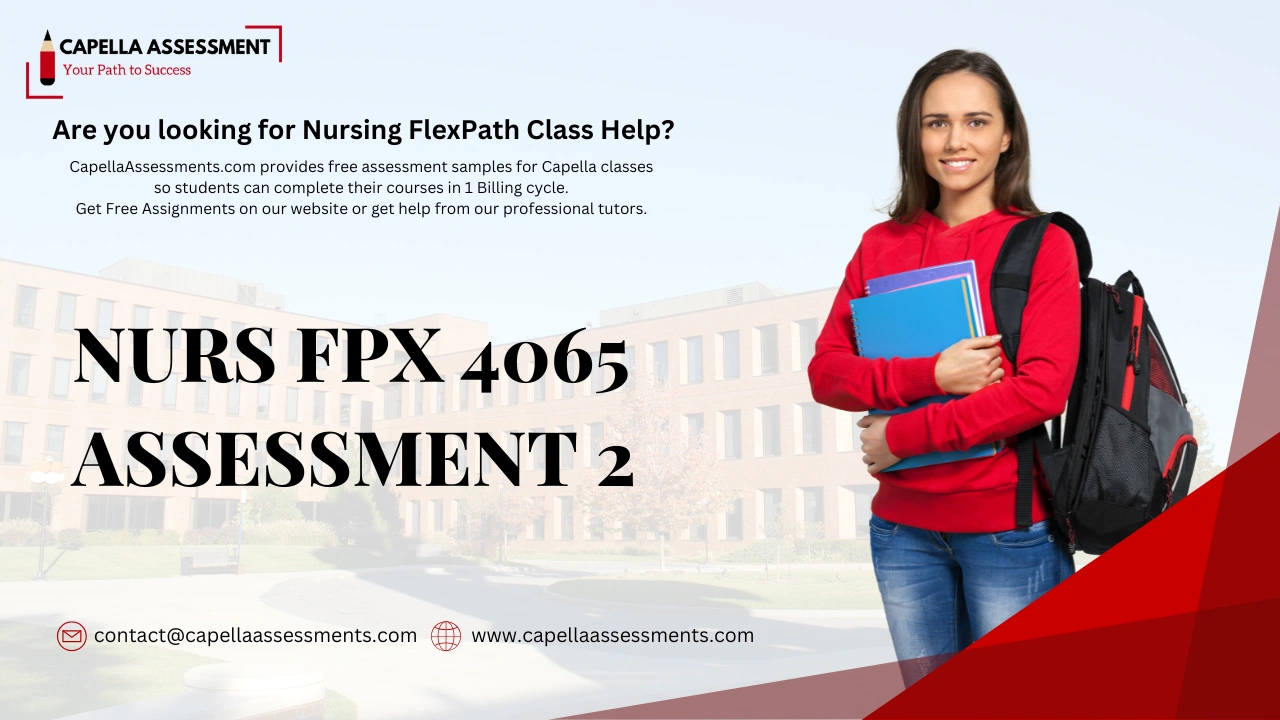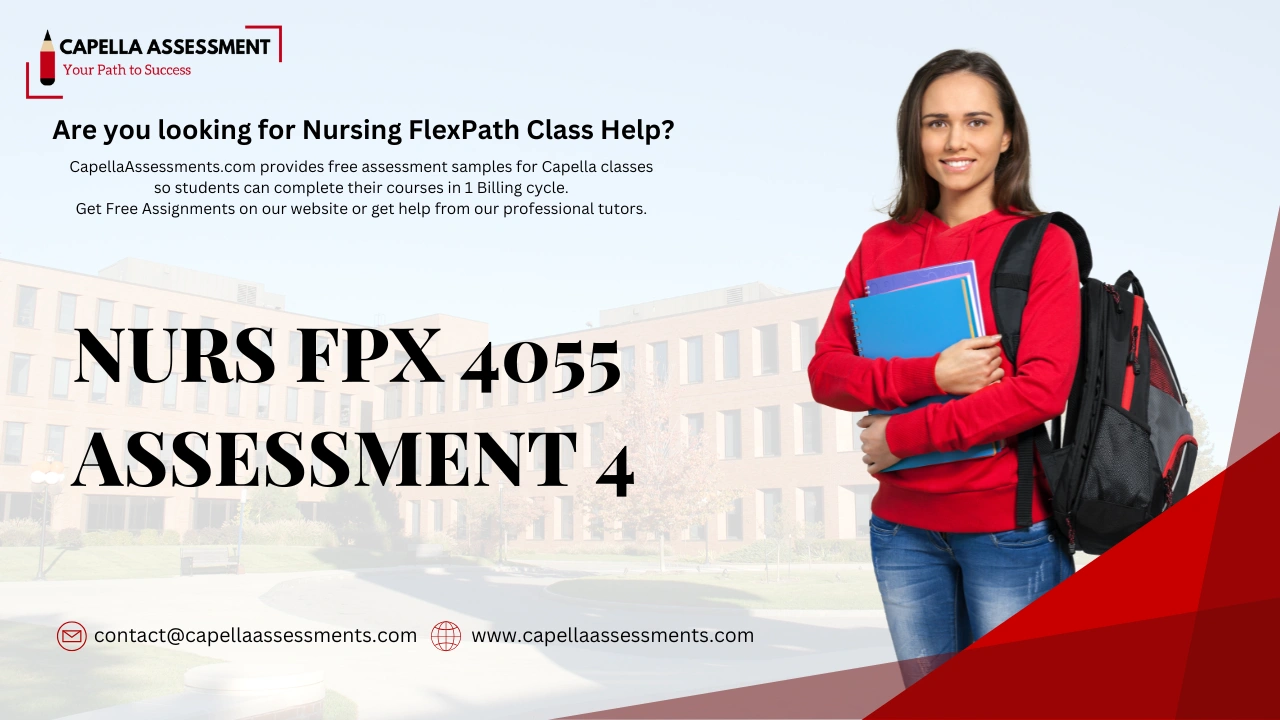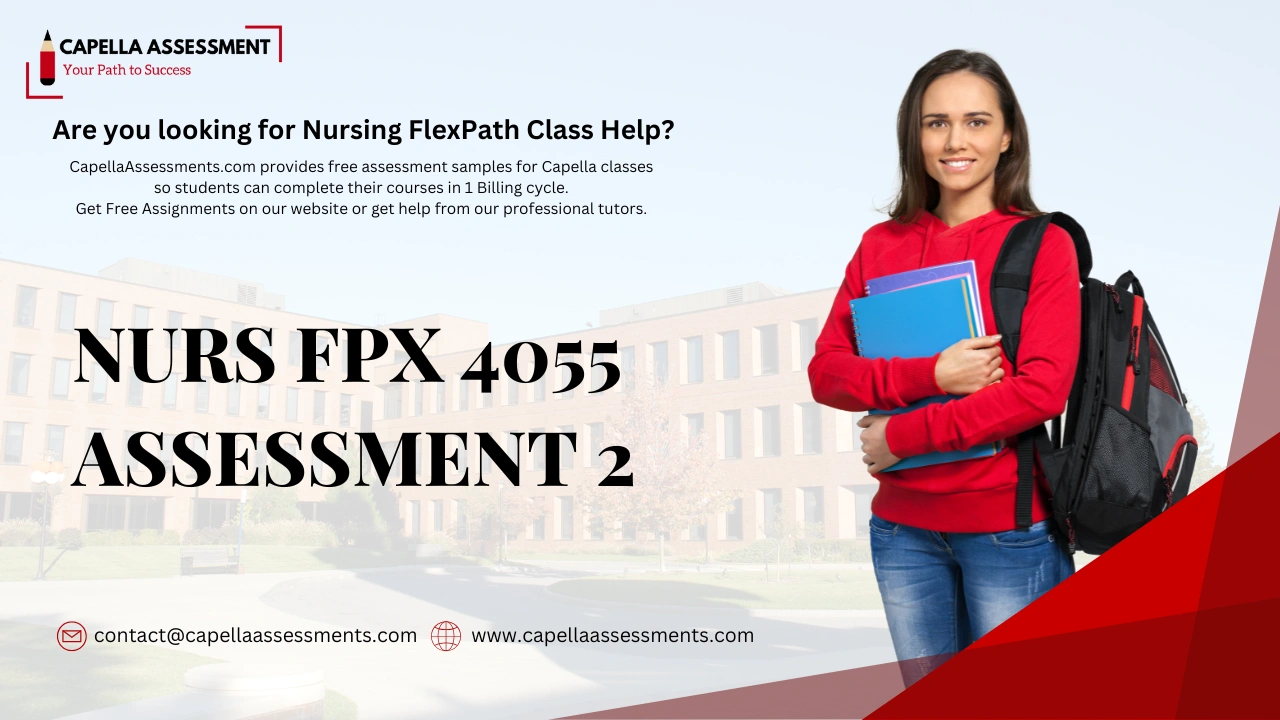NURS FPX 4065 Assessment 2 Preliminary Care Coordination Plan
NURS FPX 4065 Assessment 2 Preliminary Care Coordination Plan Name Capella university NURS-FPX4065 Patient-Centered Care Coordination Prof. Name Date Preliminary Care Coordination Plan for Adult Mental Health Patients in an Acute Health Setting Physical Considerations and Best Practices Risks Adults diagnosed with severe psychiatric disorders face a heightened likelihood of developing secondary physical health problems. Common coexisting conditions include cardiovascular illnesses, type 2 diabetes, and respiratory diseases. Evidence indicates that individuals living with long-term psychiatric conditions may experience a life expectancy reduction of 15–20 years compared to the general population (Nielsen et al., 2021). This disparity is strongly linked to poor access to preventive healthcare, unhealthy lifestyle practices, and the adverse metabolic effects of antipsychotic or mood-stabilizing medications. Best Practices To reduce these risks, acute healthcare providers should implement comprehensive physical health assessments alongside psychosocial support programs. Intervention Details Routine Physical Health Checks Regular monitoring of BMI, blood pressure, fasting glucose, lipid profile, and smoking status. Lifestyle Interventions Providing smoking cessation programs, guided physical activity sessions, and nutrition-focused counseling. Evidence shows that structured interventions in diet, activity, and cessation of tobacco improve both mental and physical health outcomes (Koomen et al., 2022). By embedding these interventions into care coordination, providers can ensure that both the physical and psychological dimensions of patient health are adequately addressed. Mental Illness Mental illness refers to clinically recognized disturbances in thought, mood, or behavior caused by biological, psychological, or developmental dysfunctions (Stein et al., 2021). These conditions disrupt everyday life, limiting social engagement, occupational performance, and emotional stability. Prevalence and Impact These statistics reflect the urgent need for coordinated care models, preventive interventions, and prompt access to treatment services. Cultural Considerations and Best Practices Barriers Cultural stigma, misconceptions about psychiatric disorders, and reliance on traditional healing practices often prevent individuals from accessing evidence-based mental health care. Variability in cultural values means that interventions must be tailored to patient backgrounds to ensure acceptance. Best Practices Practice Application Culturally Adaptable Care Integrating patients’ values, traditions, and beliefs into the treatment process fosters trust and compliance (Ahad et al., 2023). Culturally Competent Education Delivering awareness programs through peer-led workshops, community events, and culturally tailored materials reduces stigma and encourages help-seeking behavior (Ahad et al., 2023). When cultural responsiveness is embedded in care planning, providers foster inclusivity and significantly improve patient engagement. Psychosocial Considerations and Best Practices Psychosocial health influences how individuals regulate emotions, manage stress, and interact socially. These factors are central to recovery and relapse prevention in patients with severe mental illness. NURS FPX 4065 Assessment 2 Preliminary Care Coordination Plan Practice Application Psychological Interventions Mindfulness-Based Cognitive Therapy (MBCT) integrates cognitive restructuring with mindfulness strategies to reduce relapse rates in depression (Gkintoni et al., 2025). Emotional Support & Coping Training in relaxation techniques such as deep breathing, yoga, and meditation enhances emotional regulation and resilience. Group Psychotherapy Facilitates peer support, trust-building, and empathy among patients, strengthening recovery and reintegration (Marmarosh et al., 2022). Underlying Assumptions and Uncertainties SMART Goals Community Resources Effective care coordination extends beyond the acute care setting by connecting patients to community-based programs that support recovery and long-term well-being. Organization Services Offered Contact Information Mental Health Association of Central Florida (MHACF) Provides free counseling, peer support, education workshops, and professional referrals. Phone: 407-898-0110Address: 605 E Robinson St., Suite 450, Orlando, FL 32801 (MHACF, 2025) Caron Florida Offers CBT, DBT, medication management, and individual/family therapy sessions. Phone: 1-855-548-0352Address: 7789 NW Beacon Square Blvd, Boca Raton, FL (Caron Florida, 2024) NAMI Florida Provides advocacy, peer support, community awareness, and education programs. Phone: 850-671-4445Address: P.O. Box 302, Ocala, FL 34478 (NAMI Florida, 2025) Care Resource Sliding-scale fee counseling, HIV/behavioral health programs, and free services for uninsured patients. Phone: 305-576-1234Address: 3510 Biscayne Blvd, Miami, FL 33137 (Care Resource, 2025) References Ahad, A. A., Sanchez-Gonzalez, M., & Junquera, P. (2023). Understanding and addressing mental health stigma across cultures for improving psychiatric care: A narrative review. Cureus. https://doi.org/10.7759/cureus.39549 Care Resource. (2025). Behavioral health. Care Resource. https://careresource.org/services/behavioral-health/ Caron Florida. (2024). Mental health program. Caron Transformational Care. https://www.caron.org/treatment-programs/mental-health-program Gkintoni, E., Vassilopoulos, S. P., & Nikolaou, G. (2025). Mindfulness-based cognitive therapy in clinical practice: A systematic review of neurocognitive outcomes and applications for mental health and well-being. Journal of Clinical Medicine, 14(5), 1703. https://doi.org/10.3390/jcm14051703 Koomen, M., van, J., Deenik, J., & Cahn, W. (2022). Lifestyle interventions for people with a severe mental illness living in supported housing: A systematic review and meta-analysis. Frontiers in Psychiatry, 13, 966029. https://doi.org/10.3389/fpsyt.2022.966029 NURS FPX 4065 Assessment 2 Preliminary Care Coordination Plan Marmarosh, C. L., Sandage, S., Wade, N., Captari, L. E., & Crabtree, S. (2022). New horizons in group psychotherapy research and practice from third wave positive psychology: A practice-friendly review. Research in Psychotherapy: Psychopathology, Process and Outcome, 25(3), 643. https://doi.org/10.4081/ripppo.2022.643 Mental Health Association of Central Florida. (2025). About us. https://mhacf.org/learn-more/ NAMI Florida. (2025). Mission. National Alliance on Mental Illness Florida. https://namiflorida.org/about-nami-florida/mission/ National Alliance on Mental Illness. (n.d.). Mental health in Florida. https://www.nami.org/wp-content/uploads/2023/07/FloridaStateFactSheet.pdf Nielsen, R. E., Banner, J., & Jensen, S. E. (2021). Cardiovascular disease in patients with severe mental illness. Nature Reviews Cardiology, 18(2), 136–145. https://doi.org/10.1038/s41569-020-00463-7 Stein, D. J., Palk, A. C., & Kendler, K. S. (2021). What is a mental disorder? An exemplar-focused approach. Psychological Medicine, 51(6), 894–901. https://doi.org/10.1017/S0033291721001185 World Health Organization. (2023). Mental health: Strengthening our response. https://www.who.int/news-room/fact-sheets/detail/mental-health-strengthening-our-response Substance Abuse and Mental Health Services Administration (SAMHSA). (2023). Key substance use and mental health indicators in the United States: Results from the 2022 National Survey on Drug Use and Health. U.S. Department of Health and Human Services. https://www.samhsa.gov/data/










